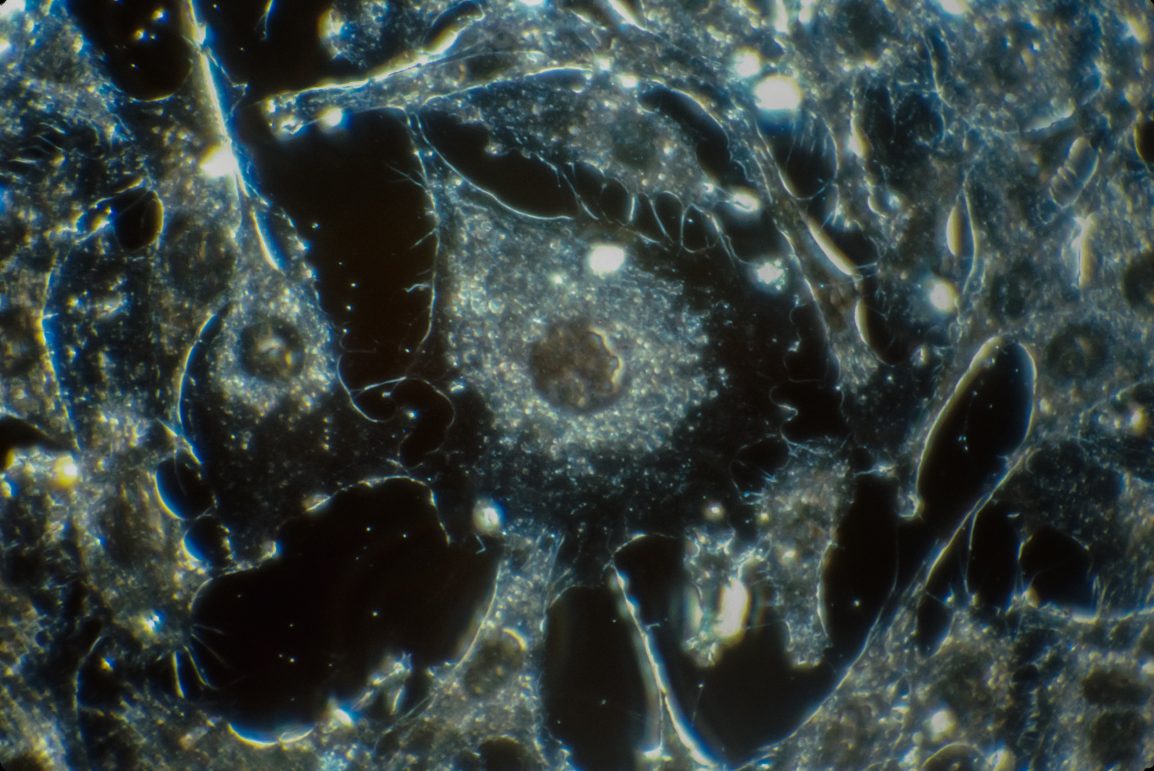The story behind the name of “HeLa cells” is important in acknowledging the role of women in science. While not a scientist, but rather, a patient, Henrietta Lacks was an important woman in the timeline of cancer research.
Henrietta Lacks was raised by her grandfather, since her mother passed away in 1924. She had nine other siblings, and family members also raised them.
In her childhood, she moved to Clover, Virginia, to be with the rest of her family. She would later marry her cousin David (Day), and he would work at a steel mill near Maryland.
After having five children, Henrietta began to feel an odd lump in her body.
An ordinary hospital visit would soon prove detrimental to Henrietta Lacks. It was 1951, and she was a young mother of several children.
She complained of vaginal problems near her cervix at the Johns Hopkins Hospital. As the only hospital that would take African American patients, Henrietta Lacks did not have many other options.
The famous gynecologist Dr. Howard Jones identified a malignant tumor inside, and treatment failed to stop the spread. She received vials of radium, tied up near her cervix, in order to slow the spread.
At the time, this was the best option for getting rid of the cancer.
Dr. George Gey was a cancer researcher in a nearby lab. He took cancer cells and studied them to identify any changes.
When Henrietta Lacks’ cells came into his area, he expected them to die as usual. His past studies showed that most of the cells died within 24 hours.
When he examined her cells, he was shocked to witness them grow so quickly. Because of their ability to replicate, they would prove valuable in labs and research across the world. Dr. Gey quickly saw that he could ship samples across the world.
The name “HeLa” arises from the abbreviation of her name onto the packages. She has provided immeasurable contributions to the scientific world.
Without the sample of her cells, there may have never been innovative cancer treatments.
Breast cancer is a common threat to womens’ lives. Learn how to check yourself for symptoms here.

